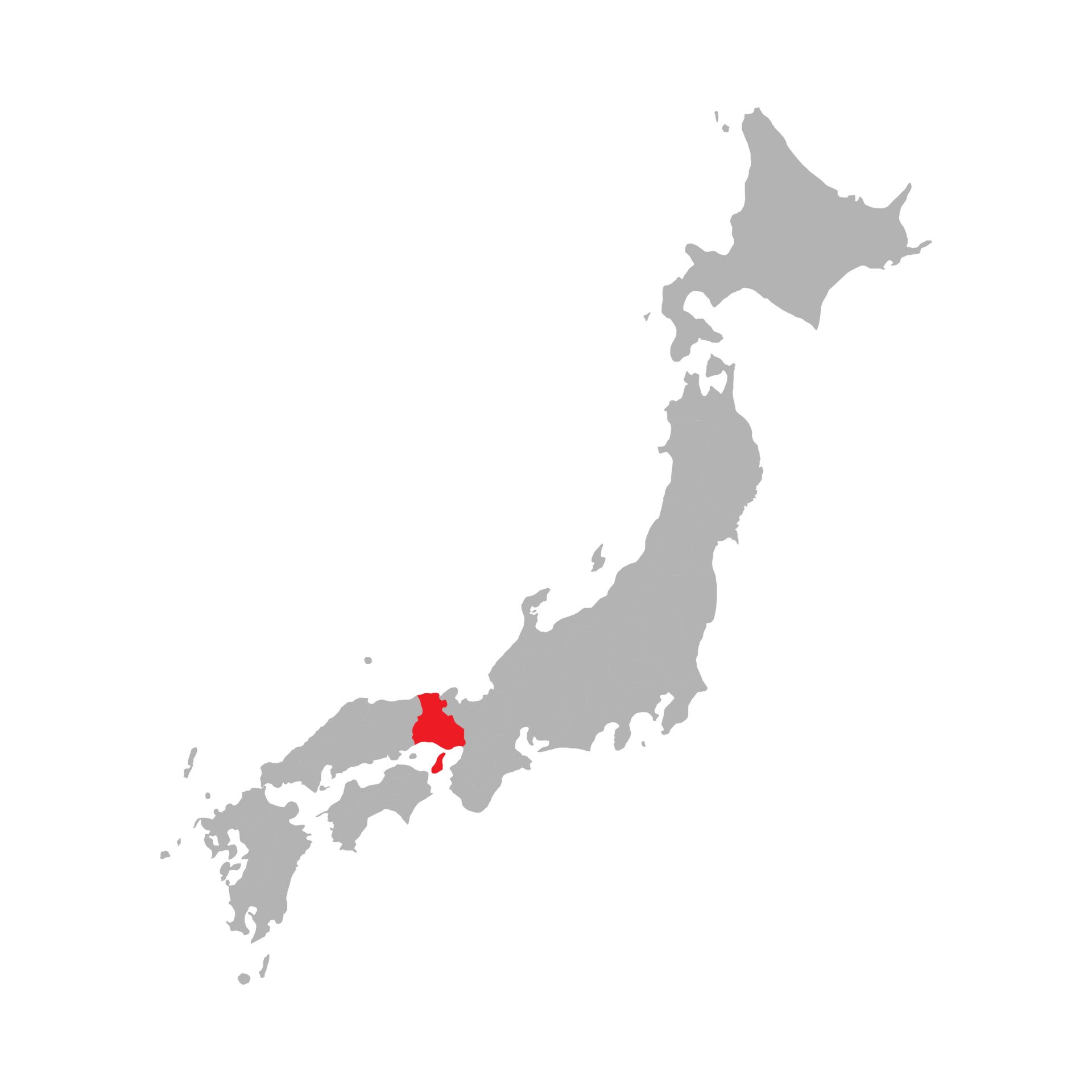MIYAKO-BIJIN
AWAJI - SHIMA
According to ancient Japanese mythology, Japan came into existence with the formation of Awaji Island in Hyōgo Prefecture. It is said that two Japanese Gods named Izanagi and Izanami pulled a pike from the ocean, and the sea water that dripped from it solidified and formed Awaji, the first of the Japanese islands. This legend demonstrates Hyōgo’s considerable contribution to the formation of Japanese culture in ancient times. Awaji-shima [Awaji Island] is the largest island in the Seto Inland Sea with an area of 593 sq.km and faces Ōsaka Bay on the east, Harima-Nada on the west, Akashi Strait on the north and the Naruto Strait south. The island is connected with both Honshu and Shikoku by two large suspension bridges. One is Onaruto Bridge which spans Naruto Straits between the southern end of Awaji Island and the other is the Akashi-Kaikyō Bridge. The Akashi-Kaikyō Bridge opened on 5th April 1998 after ten years of construction and was at one time the world's longest suspension bridge being 3,911 meters long overall with two main towers braced with cables spaced 1,990 meters apart. This bridge, which links Awaji-shima with Kobe, is also known for its nightly illumination in seven changing colours.
Miyako-Bijin was established as a company in 1945, when 10 smaller breweries merged together to consolidate their brewing skills. Originally called Awaji Shuzo after the island’s name, it changed to Miyako-Bijin in 1959/1960. After the sake boom of the 70’s and early 80’s Miyako Bijin struggled with sales and over the following years cut back on volume-based production and focused solely on small batch quality-driven products. Much of the brewery machinery was sold off and they moved back to handmade, small-tank production.






